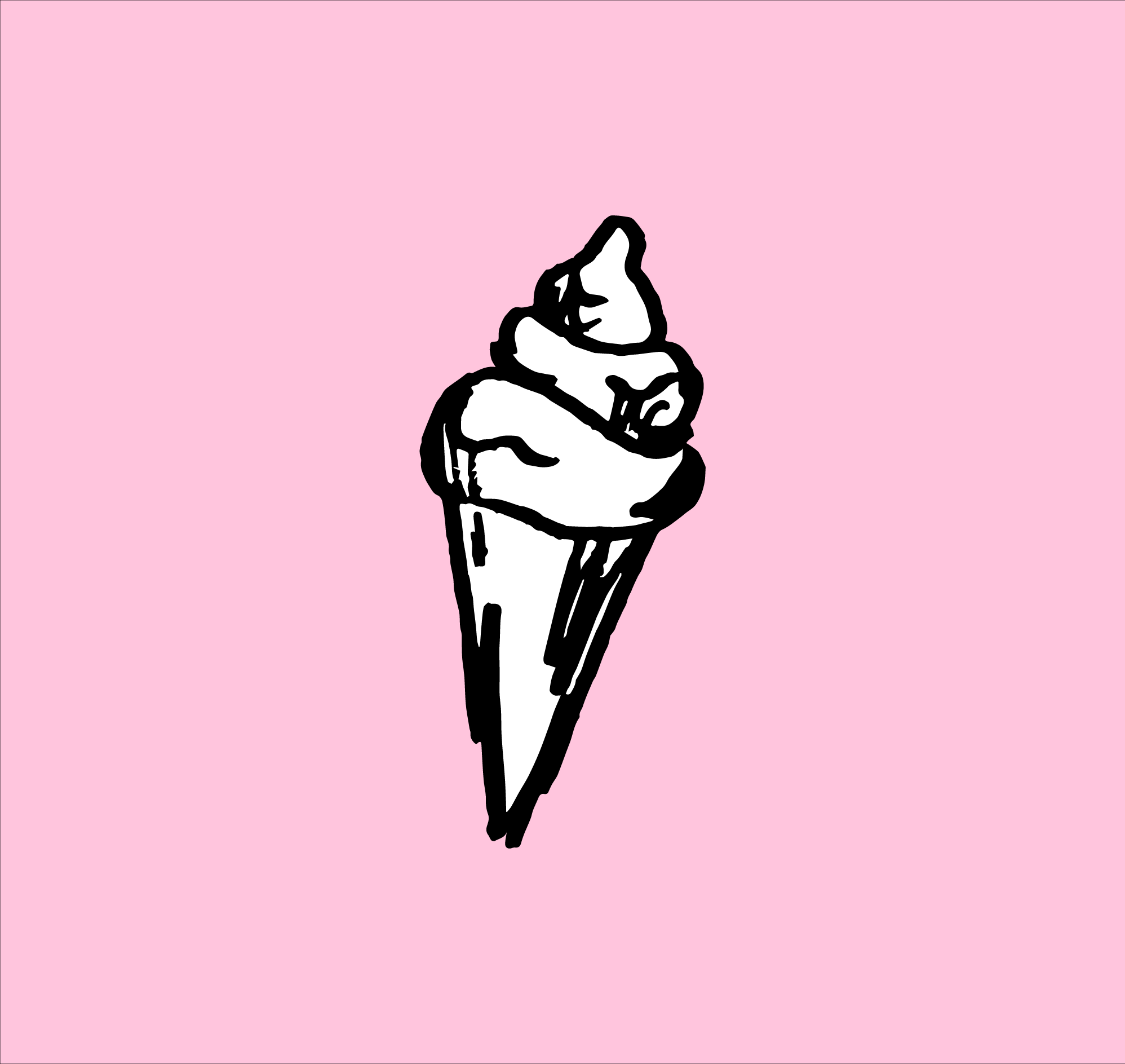
Explore the Journey to Pasteurization
Let's explore the history of raw milk. Uncover its origins, popularity throughout history, the controversies surrounding its consumption, and learn why humans started to pasteurize milk.
Prehistoric Age (~8000 BC)
Archaeological evidence suggests that ancient civilizations in regions such as Mesopotamia (modern-day Iraq), Egypt, and the Indus Valley (in present-day Pakistan and northwest India) consumed milk and dairy products.
Highly valued for its nutritional benefits, raw milk was considered a staple food and often used in religious rituals. Artifacts, writings, and depictions on pottery or in ancient texts often depict people milking animals or processing dairy products like cheese and butter.

Diagram by Nature Communications
Read the study: Ancient proteins provide evidence of dairy consumption in eastern Africa
Colonial Era
The development of dairy farming in America dates back to the colonial era when European settlers brought dairy cattle with them. They utilized milk from these animals to sustain their diets and created products similar to those from their home countries.
Urbanization
During the Industrial Revolution, the demand for milk increased significantly, leading to the rise of commercial dairy farms. However, with the increase in milk production came the risk of contamination and the spread of diseases. Sick cows equals sick, dangerous milk.
The Discovery of Pasteurization (1860s)
Pasteurization is the process of sterilizing milk to kill pathogens and bacteria. In the process of doing so- both bad and good bacteria, enzymes, and proteins are destroyed or denatured.
Federal Regulations Against Raw Dairy
Beginning in the early 20th century, the U.S. Public Health Service and the Food and Drug Administration (FDA), along with other health organizations, advocated for pasteurization as a way to reduce the spread of diseases through contaminated milk.
In 1987, the FDA issued a regulation banning the interstate shipment of raw milk for human consumption, effectively promoting pasteurization and ensuring that milk transported across state lines was pasteurized.
With the intention of public safety, it's understandable for the FDA to put this regulation in place. However, pasteurization was introduced as a solution to address to symptom (dangerous milk) and not the root cause (farming malpractices).
Is Raw Dairy Safe Today?
Absolutely. Modern safety practices and regenerative farming techniques make raw dairy safe for consumption.
- Lab Testing: Rigorous Industry standard testing protocols
- Modern Refrigeration: asdf asdf asdf
- Healthy Farming Practices: Almost all farms that produce and sell raw dairy put a large emphasis on the heath of the animal. They pasture raise their dairy cows, provide natural food
The Raw Dairy Revolution (aka Returning to Our Roots)
In the spirit of living in harmony with nature and consuming food as close to their original state as possible, raw milk and dairy are becoming popular staples.
